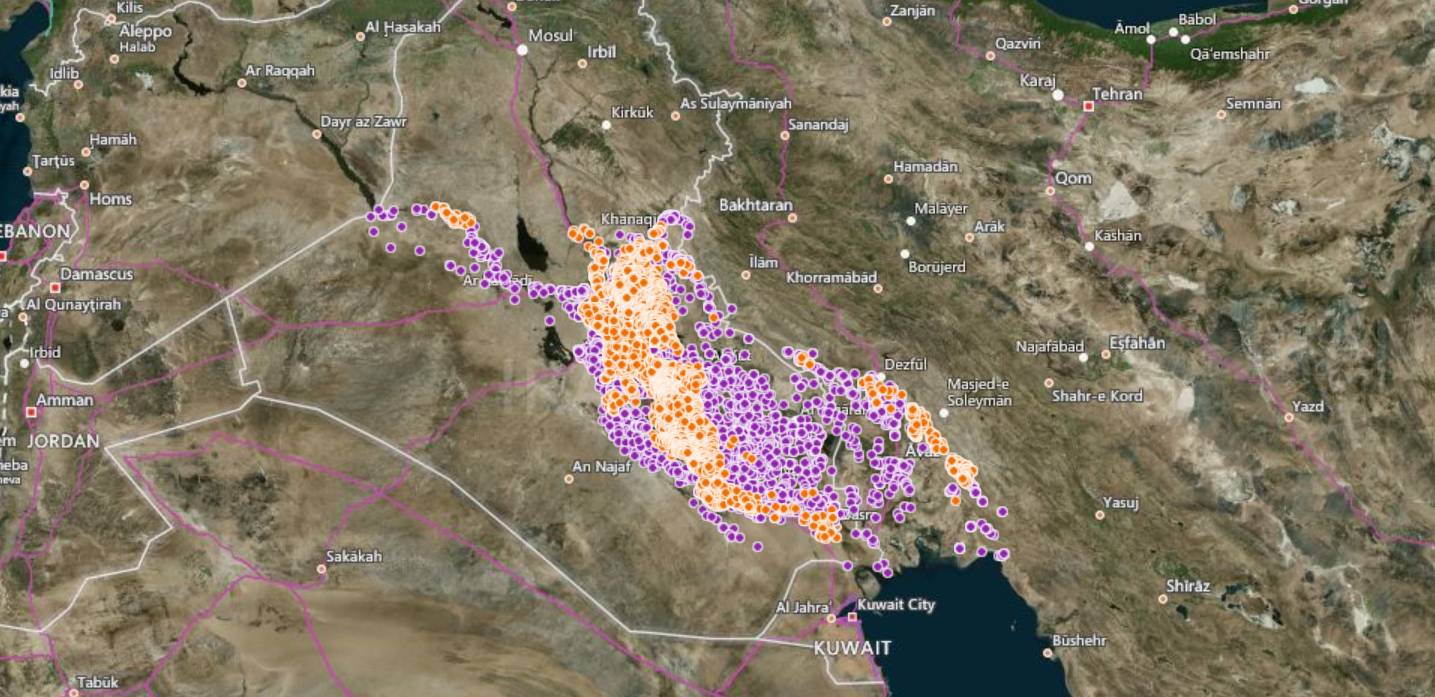Inputs by Samyukta Mallick

How do archeologists know where to dig? One way is to dig at a place where some remains have already been found. This is what is being done at the Indian site of Rakhigarhi.
One other method is to take satellite images of a location and analyse it. This method involves researchers looking at these satellite images and manually identifying sites worth exploring.
Suppose we could train a computer program to look for specific elements in the picture. When these elements are found, the computer program has to identify and cluster (group) these elements.
With this, two things happen:
A. The task of the human researchers is made simple because now they have help.
B. The chances of human error are reduced because there is a level of check.
What happened in the current research?
This was the researchers’ second effort to use computer programs to detect and point out sites of archeological relevance. The work was done by a combined team of archeologists and Artificial Intelligence specialists.
The researchers found that they were able to identify archeological sites with an accuracy of 80% with this learning model.
They then published their findings in the journal Nature.
Current Stage of Research
The research is currently only at the paper publication status. No viable model has been created and widespread use of this technique, if it happens, is in the distant future. It presents one of the applications of technology in the field of archeology. The work of these scientists is publicly available and can be used by other scientists to do similar work in other geographical regions.
Any learning model needs vast amounts of data. At this time, according to the authors of the study, such large datasets with accurate information are not available. However, as more and more researchers come together to train and test computer programs, these learning datasets will also grow and become better.
Through transfer learning, the work of one team can be used by another team.
Images from the media referenced in the original paper.

